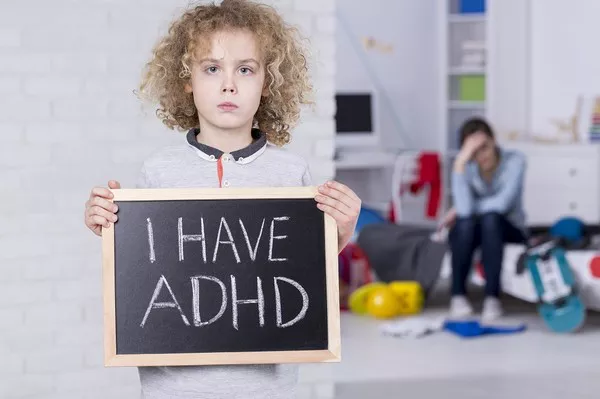As the new school year begins, an increasing number of states and school districts are imposing strict restrictions or outright bans on cellphone use. This trend comes as mounting evidence links constant internet access to negative impacts on teenagers’ mental health.
In Los Angeles, the second-largest school district in the U.S., officials voted in June to ban cellphones during school hours. Clark County, Nevada, will require middle and high school students to store their phones in pouches starting this fall. Legislation restricting cellphone use has also been enacted in Indiana, Louisiana, South Carolina, and Florida, with governors in Virginia and other states urging similar measures. Additionally, some states are providing funding to support these restrictions.
Among the nation’s 20 largest school districts, at least seven now ban cellphone use during the school day, while another seven impose significant restrictions, such as limiting use to non-class times, according to a Washington Post review.
Growing Concerns Over Distraction and Mental Health
The push for stricter cellphone policies has been driven by concerns from teachers, parents, and school administrators about the devices being a major distraction and affecting students’ mental health.
“Everybody has been saying, ‘Take the phones,’” said New York City Schools Chancellor David Banks, whose district is preparing to announce a similar ban. “It is a major problem for parents, teachers, administrators, and students.”
The most recent federal data from 2021 indicates that 43% of high schools and 77% of middle schools already prohibit nonacademic cellphone use during school hours, with these numbers expected to have increased.
Policies vary widely. The Charlotte-Mecklenburg district in North Carolina allows phones but mandates silent mode and prohibits noninstructional use. The Houston Independent School District requires phones to be turned off, while Duval County in Florida requires them to be stowed away during class.
Penalties for violating cellphone rules can include confiscation, requiring parents to retrieve the device, or more severe consequences for repeat offenders, such as exclusion from extracurricular activities or suspension.
The Return to Strict Policies
Historically, schools largely prohibited cellphones, with 91% banning nonacademic use in the 2009-2010 school year. However, as mobile technology evolved, some schools began incorporating phones into educational activities. By 2015-2016, only 66% of schools banned nonacademic cellphone use. The COVID-19 pandemic further increased cellphone use as a learning tool, but as dependency grew, schools began reinstating bans. By 2020-2021, 77% of schools restricted cellphone use again, although this varies significantly among high schools.
Victor Pereira, an education lecturer at Harvard University, noted that cellphone policies have swung back and forth over time. Recent advocacy includes a bipartisan Senate bill proposing a $5 million grant program for secure phone storage, and a call from advocates to Education Secretary Miguel Cardona to promote phone-free policies.
As schools adapt to these changes, the debate over the balance between technology and education continues, reflecting broader concerns about the impact of digital connectivity on young people’s well-being.


